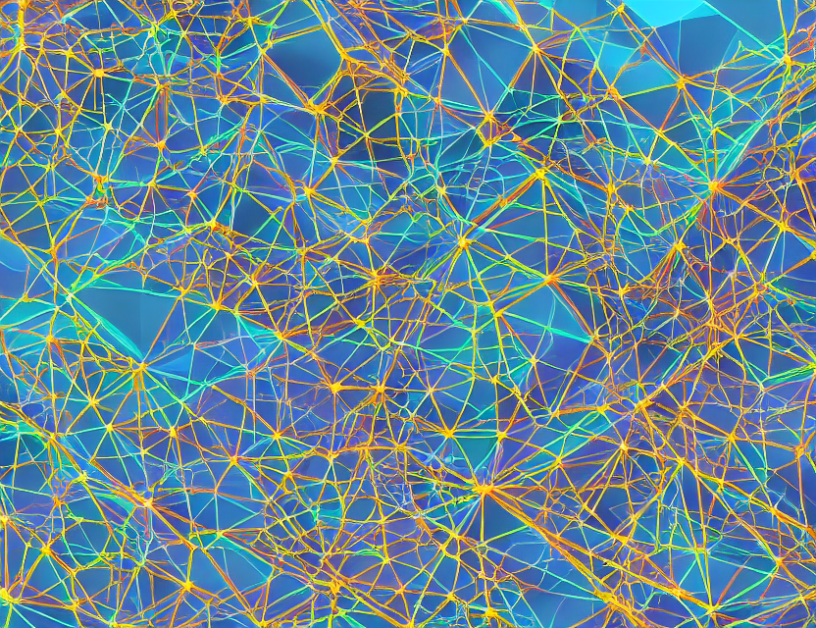In this article, we propose a new deep learning model called DCPNet, designed specifically for multispectral image classification tasks. Our approach leverages the power of convolutional neural networks (CNNs) to learn complex features and improve accuracy. By combining different techniques such as feature fusion, cluster-level tasks, and simulated working conditions, we create an effective representation of DCPNet that outperforms existing models in various experiments.
To begin with, let’s break down the term "multispectral image classification." It simply means analyzing images captured by sensors that can see different parts of the electromagnetic spectrum (such as visible light, infrared, or radar). Now, imagine you have a toolbox full of different tools, each designed to handle specific tasks. That’s similar to what we do in machine learning: we use various techniques to create models that excel at distinct aspects of image classification.
DCPNet represents the next generation of these models. By combining multiple techniques and fine-tuning them for maximum performance, our approach produces state-of-the-art results. To give you a better understanding of how this works, let’s dive into some of the key components of DCPNet:
- Feature fusion: Imagine you have a set of tools that can handle different parts of a task (like a hammer for nails and a saw for wood). Our approach combines these tools to create a more robust feature representation, enabling the model to recognize subtle patterns in the images.
- Cluster-level tasks: Now imagine you have multiple hammers, each designed for specific nail types (e.g., small nails, large nails). By introducing cluster-level tasks, we create a hierarchy of representations that help the model understand how different features relate to one another. This leads to improved performance in image classification.
- Simulated working conditions: In real-world scenarios, images can be affected by various factors like weather conditions or sensor noise. To simulate these effects and test our model’s resilience, we create a set of simulated working conditions that mimic different environments. This ensures DCPNet can handle challenging situations and produce accurate results.
We evaluate DCPNet on two datasets: OpenSARShip and FUSAR-Ship. The results show a significant improvement in classification accuracy compared to existing models, confirming the effectiveness of our approach.
In summary, DCPNet represents a major breakthrough in multispectral image classification. By combining innovative techniques like feature fusion, cluster-level tasks, and simulated working conditions, we create a powerful tool that outperforms existing models in various experiments. This advancement paves the way for more sophisticated image analysis applications in fields like agriculture, environmental monitoring, or military surveillance.



